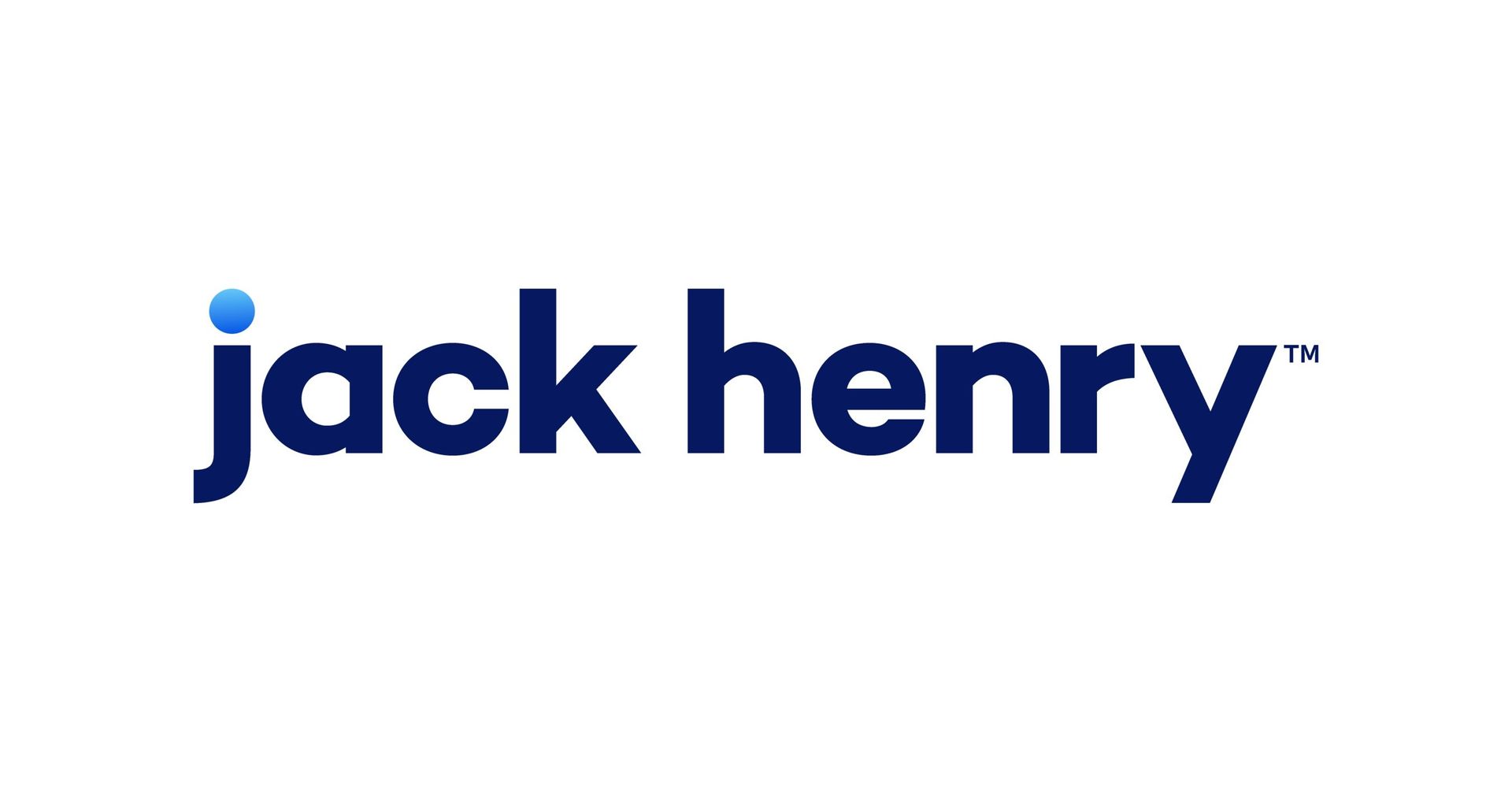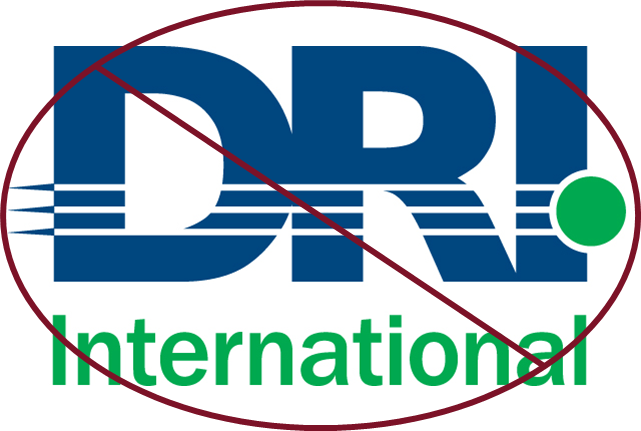Lesson in Resilience: Why Organizations Need to Support Leaders through Tough Times
In sports, we’re used to hearing about coaches getting fired after a few tough losses or an “underwhelming” season. Erik ten Hag’s recent departure from Manchester United is the latest in a long line of such sackings. United has been caught in a cycle of managerial changes since Sir Alex Ferguson retired in 2013, each time hoping the next coach will bring back their glory days. But there’s a bigger question here: does this revolving door of leadership really work, or does it disrupt potential, prevent any sort of cultural foundation, and ultimately erode resilience?
As someone who works in business resilience and continuity planning, I see a lot of parallels here. Just as in sports, businesses often get caught up in immediate results, tossing aside new leaders or strategies when they don’t yield fast success. But if we’re serious about building organizations that can handle adversity—whether it’s a changing market, a new business challenge, or even a full-blown crisis—we need to invest in resilience. And resilience doesn’t happen when we’re constantly hitting reset.
Erik ten Hag and the Costs of Short-Term Thinking
Take Erik ten Hag at Manchester United. He came in with a clear vision: discipline, hard work, and a strategic approach. But, as in business, transforming an organization takes time. United’s leadership seemed to expect instant results, and with the pressure on, ten Hag didn’t get the chance to really build. The same thing happened with David Moyes, Louis van Gaal, José Mourinho, and Ole Gunnar Solskjær before him. These managers were brought in with a mission but faced such an onslaught of expectations that they barely had time to get their footing. When we look at it from a resilience perspective, that’s a recipe for failure. You can’t build a sustainable, adaptable team without letting a leader establish a foundation.
How Organizational Resilience Relies on Stability in Leadership
In the business world, organizations can face a similar fate. When a new leader comes in, they often need to establish a culture, align the team, and set long-term goals that withstand day-to-day pressures. The first few months may be rocky, even disappointing. If companies start panicking at the first dip in results, they’re missing the big picture. The organization remains in a perpetual state of “startup mode,” constantly reacting and pivoting, rather than creating the resilience that comes from consistent leadership and steady direction.
The biggest sports icons and coaches show us what happens when leaders are given the chance to weather storms.
Learning from Legends
One of the greatest examples of resilience in leadership is Bear Bryant. When he started at the University of Alabama, he wasn’t immediately successful. It took him years to shape the culture, discipline, and high standards that eventually led to six national championships. Alabama didn’t throw in the towel because of a few rough seasons. Instead, they believed in his vision, allowing him to build the infrastructure that could withstand setbacks and come back stronger.
Jurgen Klopp offers a modern example with Liverpool. When he took over in 2015, Liverpool was far from the powerhouse it is today. Klopp needed time to get the team to buy into his philosophy — “gegenpressing,” or intense counter-pressing, which demands an all-out team commitment. The results didn’t come right away, and there were some tough losses along the way. But Liverpool’s management believed in him and gave him the support to see his vision through. Within a few years, Klopp led Liverpool to its first Premier League title in 30 years and a Champions League trophy.
Then there’s Mike Tomlin of the Pittsburgh Steelers. Since 2007, Tomlin has been navigating one of the toughest leagues in sports, enduring roster changes, injuries, and every kind of high-pressure situation imaginable. But Tomlin’s calm, steady approach and the Steelers’ long-term support have created a level of stability few teams can match. The organization trusted him through the ups and downs, allowing him to establish a culture where players buy into something bigger than themselves.
The “Quick Fix” Trap
Whether in sports or business, chasing quick fixes often leads to a pattern of diminishing returns. Companies might switch out leaders or adopt a new “game-changing” strategy when results lag, but that constant churn can chip away at morale, culture, and even long-term value. It’s a lot like constantly rearranging the furniture without ever upgrading the foundation. If you keep changing the people at the helm, you’ll never have a chance to establish the resilience needed to handle disruptions effectively.
Business resilience, like a championship team, isn’t just about one big moment or a clever strategy. It’s about creating a culture that can absorb setbacks, adapt, and come back stronger. It means trusting the process, trusting leadership, and allowing time for new strategies to take root.
What Organizations Can Learn from Resilient Coaches
So, what’s the takeaway? Here are some insights businesses can draw from resilient leaders like Bryant, Klopp, and Tomlin:
- Allow Time for Growth: Leaders need time to get a sense of the organization’s strengths and weaknesses. Companies that allow this will find that leaders are better equipped to develop strategies that can withstand challenges rather than merely reacting to them.
- Build a Strong Culture: Culture isn’t created overnight. It’s shaped by consistency, clear values, and a long-term commitment to a vision. Whether it’s Klopp’s relentless, “all-in” energy or Tomlin’s calm, steady approach, the culture these leaders established set the foundation for sustainable success.
- Value Resilience Over Immediate Results: The best teams in sports and business are the ones that can bounce back from a loss or a bad quarter because they’re not constantly looking over their shoulders. When you foster resilience, you’re equipping the organization to handle whatever comes its way without panicking.
- Invest in Trust and Transparency: Just as players and staff buy into a coach’s philosophy when they believe the organization supports it, employees in a business will buy into a leader’s vision when they feel secure. A company that invests in trust—by standing by its leaders—reaps the rewards in loyalty, productivity, and engagement.
Resilience Isn’t Built Overnight
Organizations—just like sports teams—sometimes need to step back and look at the bigger picture. Rushing to change leadership at the first sign of trouble usually causes more harm than good. Resilient leaders like Klopp, Tomlin, and Bryant remind us that success isn’t always instant, and that greatness takes time. By committing to the process and supporting leaders through tough times, organizations can build the resilience they need to thrive.
So, as we look at the latest round of managerial sackings, perhaps we should be asking not who’s next, but how we can support our leaders and give them the chance to build something lasting. After all, resilience is about more than just surviving—it’s about coming back stronger, no matter what challenges lie ahead.











